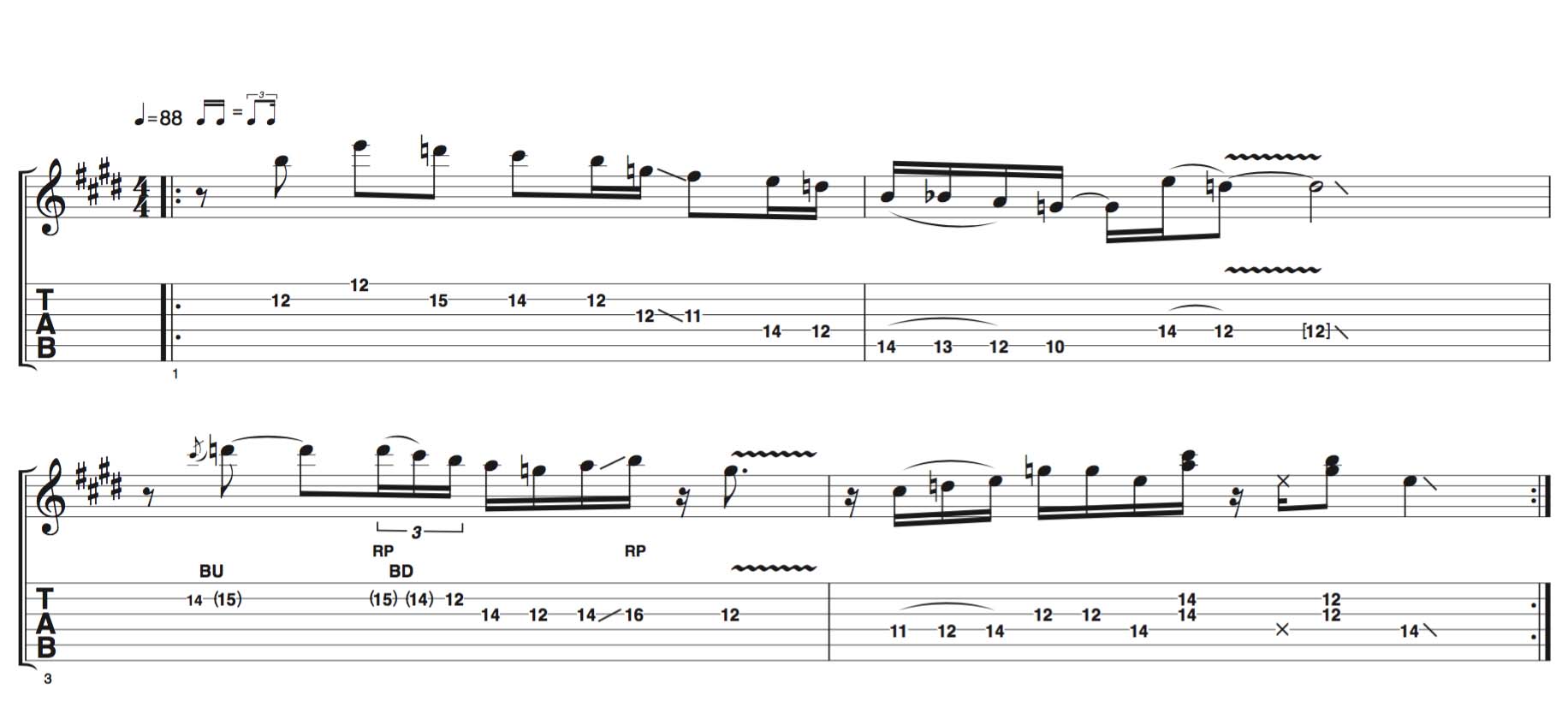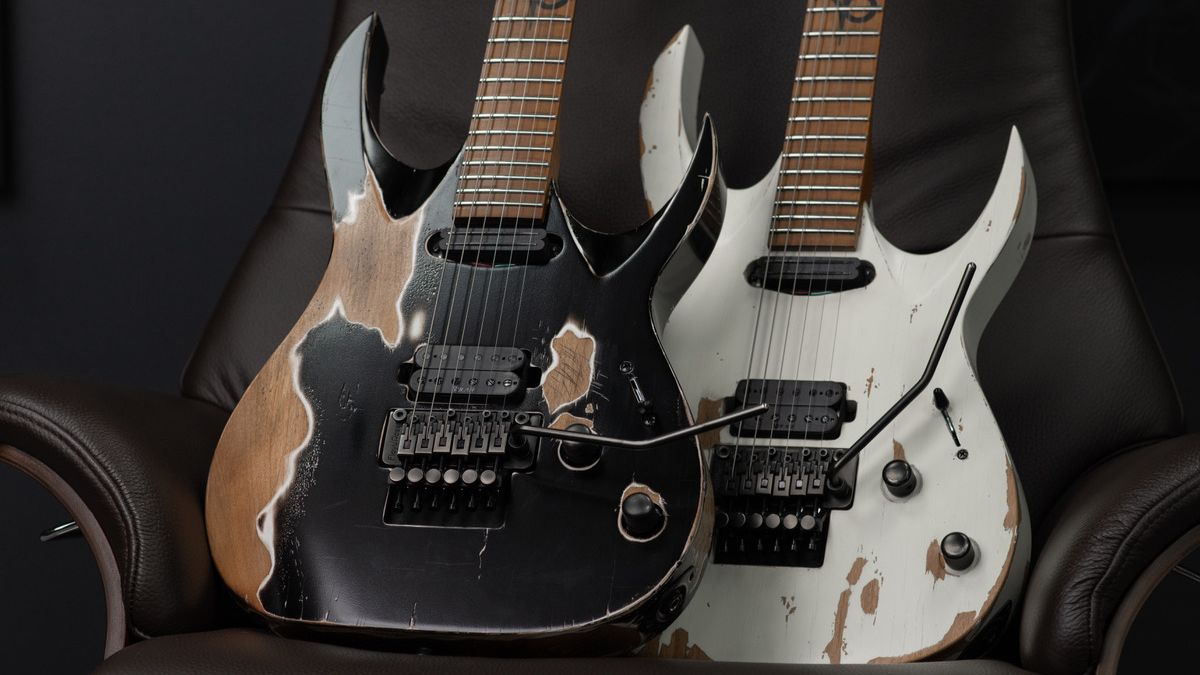How to play guitar like Joe Perry
Get back in the saddle with this primer on the Aerosmith icon's instinctive and effortlessly cool playing style
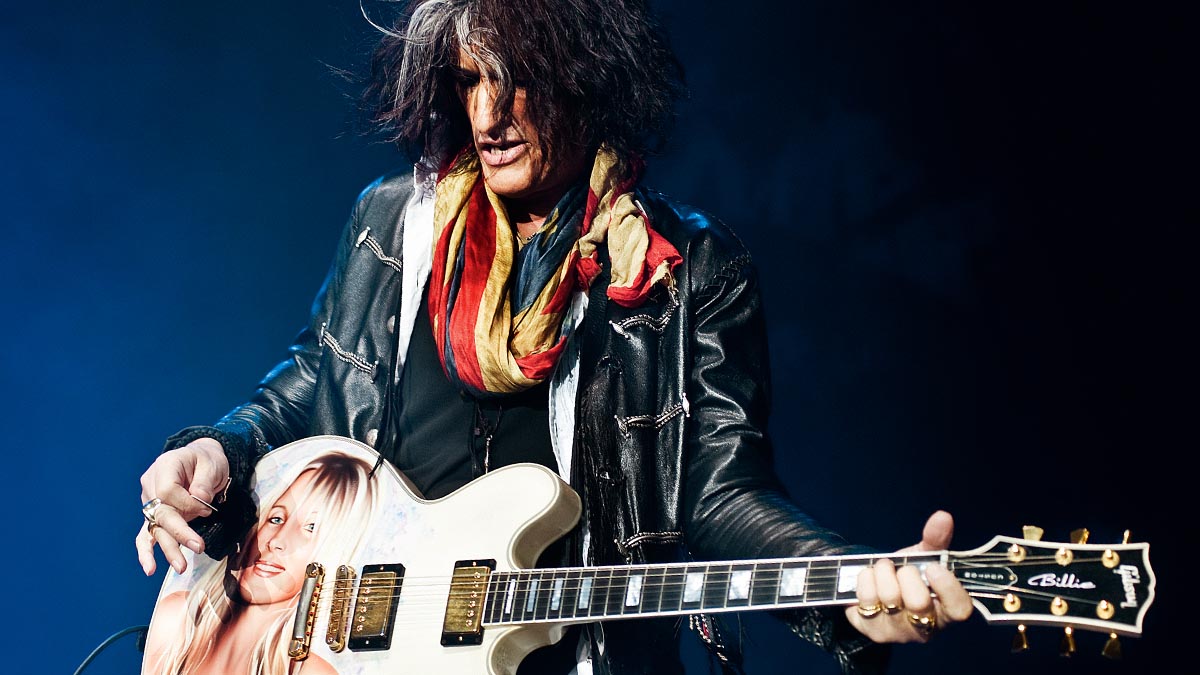
“I’m not sure where it comes from, because we come from two different places”, Aerosmith’s Brad Whitford related to TG’s sister mag Guitar Player in 2019.
“He’s [Joe Perry] not schooled at all, so it’s totally a 'feel' thing for him, whereas I did a lot more studying of the guitar. So you’re seeing two different approaches, but they work really well together. Ultimately, you want to have both sides.”
What Brad is explaining is the intangible secret of the Aerosmith groove machine. Even if you can play like Perry or Whitford, the band’s sound is the sum of two distinct parts.
Joe’s take on this? “I listen to what Brad’s playing, and he listens to what I’m playing, and then we just try and mix it up, right down to – especially in the earlier days – saying, ‘Who’s gonna play the Strat? Who’s gonna play the Les Paul?’ That kind of thing.
“And when we come up with new riffs and new songs, we each come at it from different angles, and then we settle into our thing. I’ve always felt like we have two lead players and two different flavours in this band, and that’s really important.”
I’ve always felt like we have two lead players and two different flavours in this band, and that’s really important
The division of sonic duties is far from simple, though, and certainly not just a matter of Strats and Les Pauls. Though Fender and Gibson feature heavily in the duo’s arsenal, both have extensive guitar collections.
Alongside the big two brands, Perry’s recently been spotted playing a Guild Bladerunner, a Nelson Admiralcaster, an Echopark Geisha and a Danelectro 12-string; Whitford’s played a Charvel Pro Mod SD1, a Gretsch G6228 and various other S- and T-style guitars.
All the latest guitar news, interviews, lessons, reviews, deals and more, direct to your inbox!
Still, if there’s a formula to be had, and if you’re playing with another guitarist, you’re best off using one humbucker- and one single coil-equipped guitar. A little light fuzz, and, if it takes your fancy, a clean boost are the icing on the cake.
In this lesson, we’re breaking down some of Joe’s trademark techniques before taking a look at his riffing secrets. Our photos show you how Joe approaches the basics – and you can apply these to our musical examples.
The fundamentals of Joe Perry's technique
Like his hero Keith Richards, Joe Perry’s guitar approach has been described as ‘tight yet loose’. To get his parts to sound right you’ll need to nail both parts of that equation. The tightness comes from Joe’s outstanding groove and the way the entire Aerosmith machine locks in together.
The looseness is about being relaxed. No one ever accused Joe of seeming uptight, and if you approach the music like you’re too cool to care, you’ll be well on your way. That means keeping your wrists loose, and being sure not to rush. Even when he’s playing manic solos, Joe doesn’t sound like he’s in a hurry.
Many Aerosmith songs are played with swing, and this funk and soul influence is crucial to making the riffs feel right. Listen carefully to the drummer’s kick and hi-hat while you play.

Holding his pick
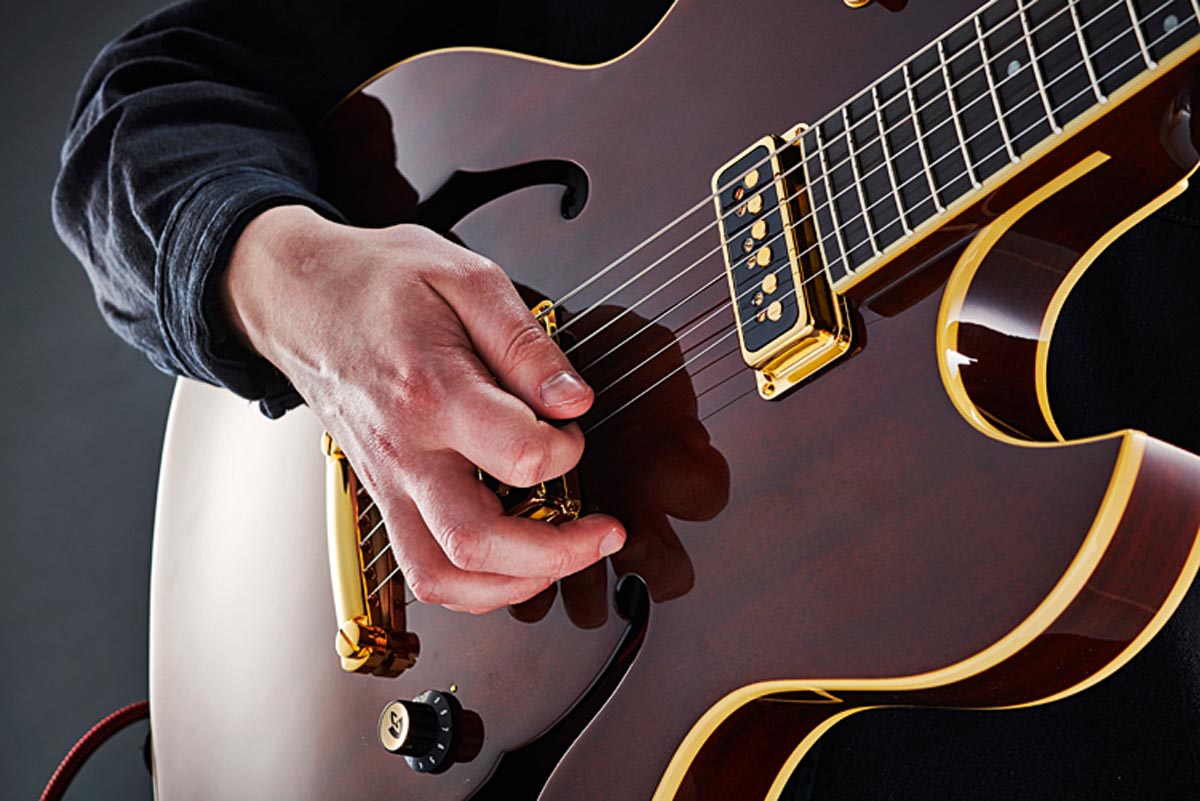
Anchoring his pick hand

Hybrid picking
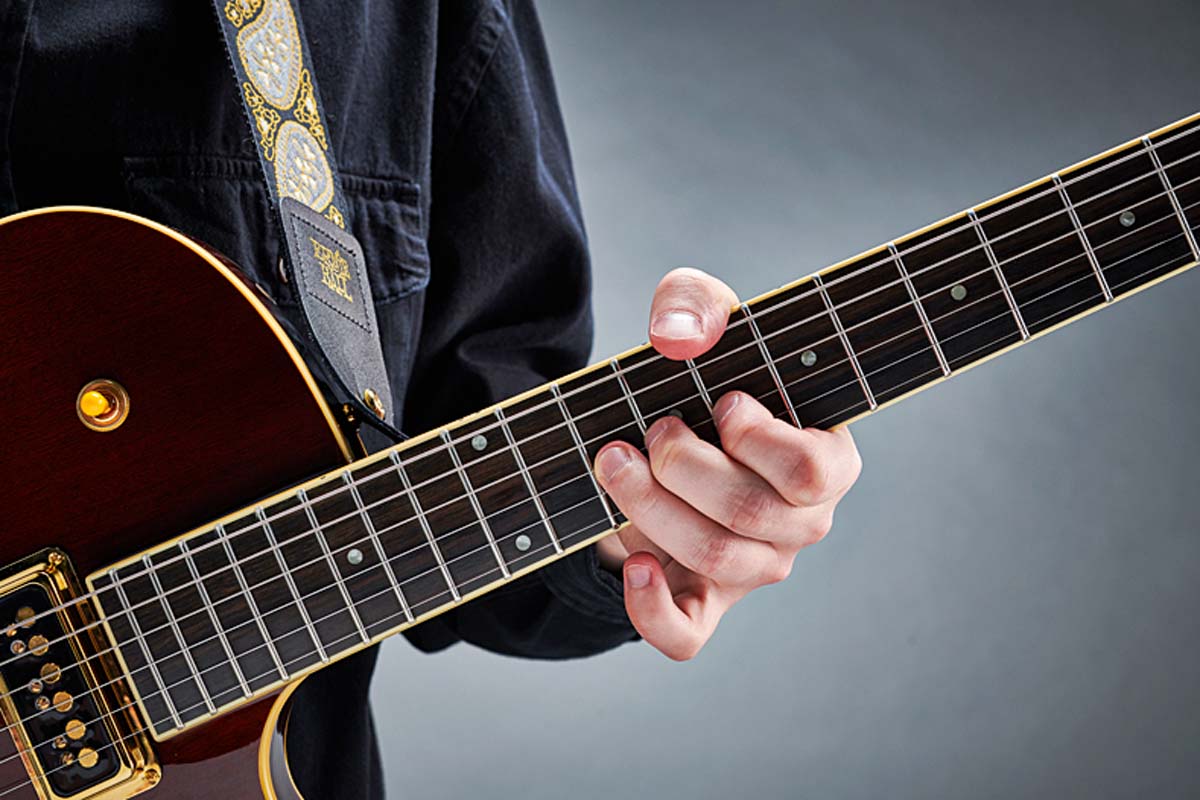
Thumb over the neck

String bending
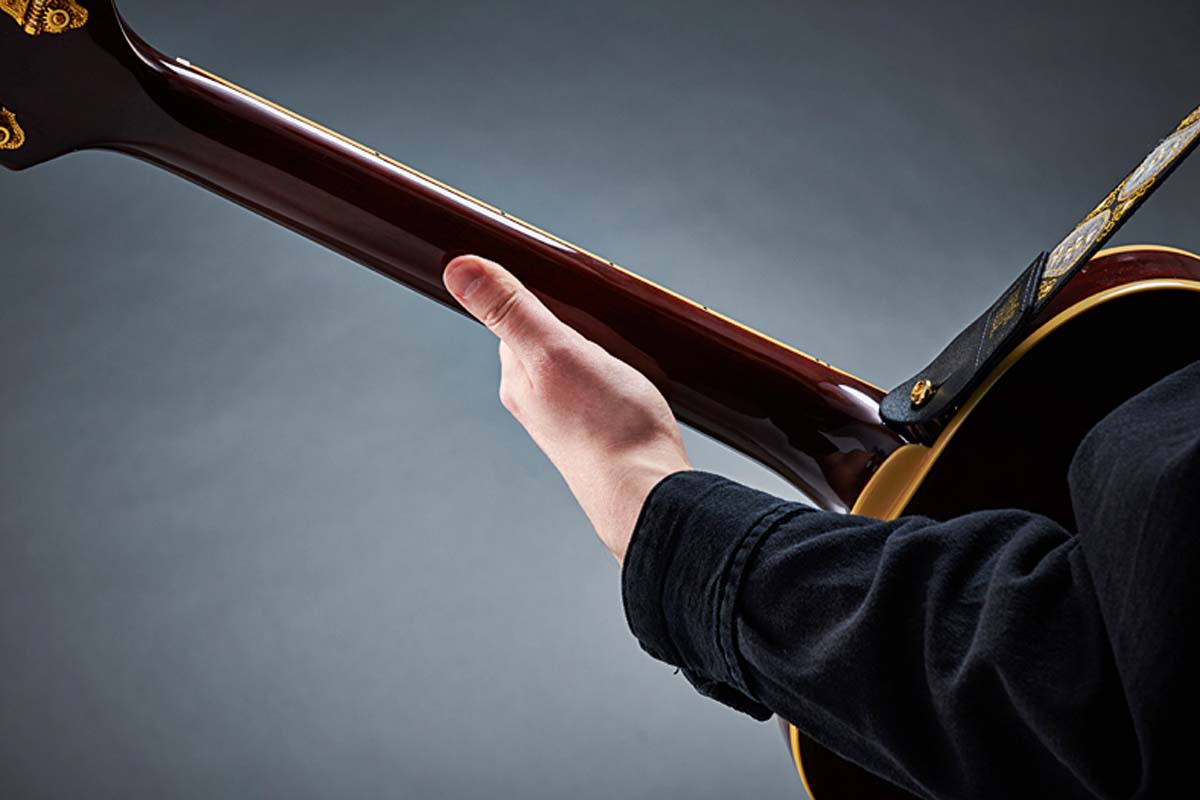
Wide-stretch thumb position
Example 1. Funk-rock riffing
Many of Joe’s riffs pay tribute to funk icons like The Meters and James Brown. This one features Perry’s trademark swung 16th notes and offbeat rhythms – watch out for the timing in bars 1 and 4.
It also uses the classic blues trick of playing both the minor and major 3rd (the 3rd and 4th frets on the sixth string, respectively), giving that dirty feel. He also uses plenty of pull-offs, helping the ‘tight yet loose’ vibe.
Example 2. Blues-rock swing feel
For such a renowned riff writer, Joe plays surprisingly few chords, but our example packs in all his favourites.
Bars 1 and 3 feature classic AC/DC-style open powerchords; bar 2 uses rock ’n’ roll ideas a la Chuck Berry and bar 4 uses funk/soul style voicings, hinting at his love of James Brown.
The groove is an eighth-note shuffle as heard in Same Old Song And Dance and Uncle Salty.
Example 3. Loose, slippery lead style
Joe’s lead style has a slippery feel from lots of pull-offs, slides, and string bends. Even his solos are highly rhythmic, so pay attention to the timing, especially in the last two bars here.
A big part of the sound is adding the major 6th to the minor pentatonic scale – in this case it’s C# on the second string, 14th fret. He uses it on its own and as part of the aggressive doublestops in bar 4.


